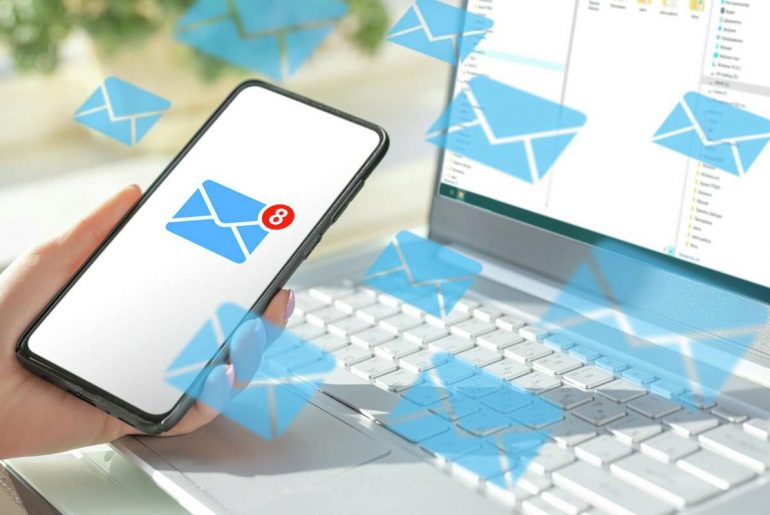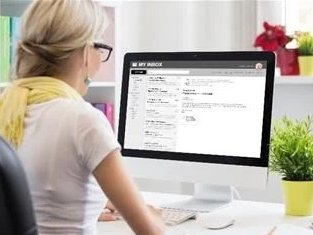By Jeremy Moser
Given the notably low typical landing page conversion rate, the need to drive more traffic to your site is critical, and there are proven and inexpensive ways of doing it.
According to the email marketing platform Campaign Monitor, the average landing page conversion rate across all industries — the number of people who will sign up, purchase or convert on your offer — is a measly 2.35%. So, the hard fact is that you must drive more and more traffic to boost sales, and qualified traffic costs a pretty penny.
With ad costs rising and SEO becoming increasingly competitive, it’s best to tap into the lowest hanging fruit first: existing landing pages with existing traffic.
Here are five copywriting tips to do just that, and in the process increase your landing page conversion rate to 10% or more — five times as many conversions, and without buying more ads.
1. Speak to an audience of one
The best landing pages are highly specific and hone in on a single sector of an audience or market. They speak directly to their true desires and wants.
With broad landing pages, by contrast, you’re speaking to everyone, and “everyone” isn’t a good target market, unless you’re selling water. It’s far better to cater to multiple audience types and market segments by create unique landing pages for each.
For example, let’s say you sell small business insurance. Small businesses are quite a broad market, and could be within any type of niche, from a local bakery to a hair salon to an online digital marketing agency. Trying to create a single landing page that speaks directly to the pain points of all of these businesses is impossible. The resulting copywriting becomes too generic and broad, and the reader doesn’t connect with the message.
So, develop unique landing pages for each segment and craft copy aimed at its specific needs.
2. Control cadence and flow
Each line of copy on a website has two goals: sustain attention and drive a desired action (such as buying, filling in contact information or downloading a guide). Cadence and flow are powerful tools to help achieve those goals.
When writing information on your landing page, you want to include a mix of sentence lengths and structures, and vary the depth at which you expand on ideas. A good example is the “hero” section of a landing page (the main headline and image above the fold), which should be catchy and contain a compelling value proposition. It’s short, sweet and to the point. (“Get groceries delivered in 10 minutes or your money back.”)
As you move further down the landing page, you can start to expand to include more detail, including explaining how your service works in terms anyone can understand. Walk them through the process of your business so they are clear on what to expect when they do convert and sign up with you. The goal here is to blend compelling language while addressing as many potential customer questions as possible.
3. Include immediate social proof
Social proof is critical on a landing page, but that doesn’t mean being limited to just generic quotes from customers. There are countless ways to include valuable and subtle social proof signals that fuel conversions, and they are necessary in order to build trust and confidence.
Consider adding social proof directly in the hero section of your landing page, so it’s one of the first things that users see when they land on your site. Here are a few additional thoughts:
• Is your landing page a software company? If so, and under your call-to-action (CTA) button, share how many companies signed up this week to use your software. This creates instant FOMO.
• Include logos of companies and brands that use your product or service.
• Include third-party reviews/stars from sites like G2, Capterra, Google and Yelp.
• State how many customers you’ve served and helped this year, or over the company’s lifetime.
4. Minimize CTA risk
A CTA (“sign up now”) moment is intimidating because it implies extra work to be done for the customer, rather than immediate value. It has associated risks, not least the possibility of signing up but not enjoying the service. There’s also a money risk if you are trying to get direct sales from a landing page. These contribute to hesitation, which reduces conversion rates and closed sales: People start to second-guess whether they really need, want or could benefit from what you offer — and in an age of distraction and short consideration spans, a few seconds of hesitation often results in a missed opportunity.
To address these problems, surround your CTA button with positive reinforcement statements like:
• “No credit card required.”
• “Free trial for XX days.”
• “30-day money-back guarantee.”
• “Free forever until you upgrade.”
All of these reassure users that they’ll be covered even if things don’t work out as they had hoped.
5. Get specific with copywriting
The biggest mistake I see on landing pages is the overutilization of broad statements rather than specific results backed by customer data. For example, which statement are you more likely to believe?
A) “Get a better night’s sleep, guaranteed!”
B) “9 out of 10 customers improved their sleep quality by 65% in 7 days.”
Specific data is far more interesting and impactful than broad promises. So, wherever you can, change blanket statements into data-driven ones that sell your product or service for you. To efficiently gather such customer specifics, speak to them — survey them in exchange for free products and utilize the feedback to improve the perceived value on your landing page.





























